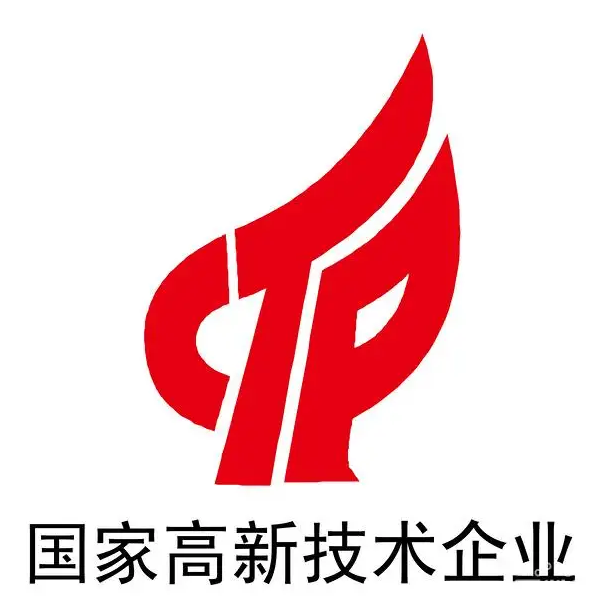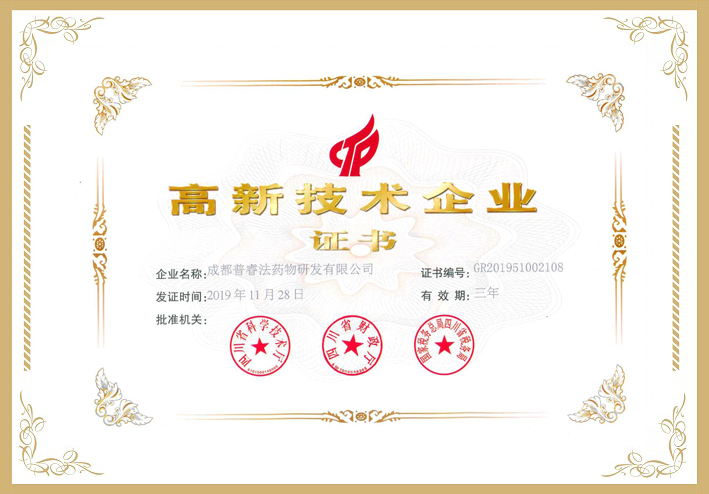Abstract
Microalgae are considered prolific sources of bioactive compounds that can be useful for nutraceuticals. In this study, the potential of ultra-high pressure extraction (UHPE) for the simultaneous cell disruption and extraction of bioactives from two microalgae species, Haematococcus pluvialis and Porphyridium cruentum, was evaluated. The variables studied to extract carotenoids for H. pluvialis were pressure (100–600 MPa) and number of cycles (1 and 3 cycles) whereas the variables studied to obtain bioactives such as B-phycoerythrin, carotenoids, and PUFAs for P. cruentum were pressure (100–600 MPa) and different extraction solvents (water, ethanol, ethyl acetate or ethanol/d-limonene), generally recognized as safe (GRAS). The UHPE results showed significant increase on the extraction of carotenoids (109.74–119.34 mg per g extract) from H. pluvialis using 1 cycle of 20 min regardless of the pressure used. For P. cruentum, an UHPE with water provided extracts enriched in B-phycoerythrin (up to 144.43 mg per g extract), while subsequent UHPE using ethanol, ethyl acetate or ethanol/d-limonene 1:1 (v/v) provided extracts enriched in carotenoids (up to 65.05 mg per g extract) and polyunsaturated fatty acids (mainly eicosapentanoic acid and linoleic acid). Therefore, UHPE proved to be a viable green alternative for the recovery of bioactives from microalgae biomass.
Industrial relevance: Microalgae are promising sources of bioactives such as B-phycoerythrin, carotenoids and polyunsaturated fatty acids. The potential of ultra-high-pressure extraction (UHPE) has been demonstrated as a fast and viable eco-friendly alternative using GRAS solvents (water, ethanol, ethyl acetate or ethanol/d-limonene) for the simultaneous cell disruption and extraction of these bioactives from Haematococcus pluvialis and Porphyridium cruentum. The bioactives obtained with one step or two step-UHPE process can be used in an array of food, cosmetic and pharmaceutical applications.
Butylated hydroxytoluene (BHT), acetyl chloride, canthaxanthin and β-carotene from Anacystis nidulans algae were obtained from Sigma-Aldrich (St Louis, MO, USA). Lutein from Echinacea purpurea was purchased from Chengdu Biopurify Phytochemicals Ltd. (Chengdu, China). Astaxanthin was acquired from Acros Organics (Geel, Belgium), whereas zeaxanthin was purchased from Carbosynth Ltd. (Berkshire, UK). Ultrapure water was purified in a Milli-Q system from Millipore 18.2 MΩ.cm (Billerica, MA, USA).























